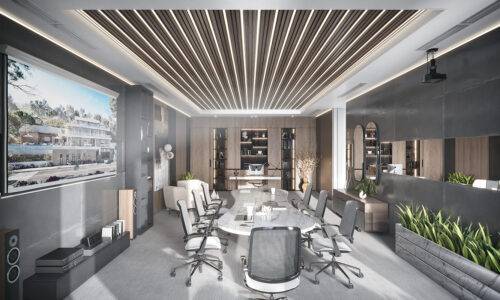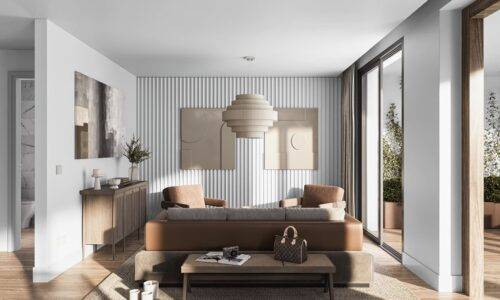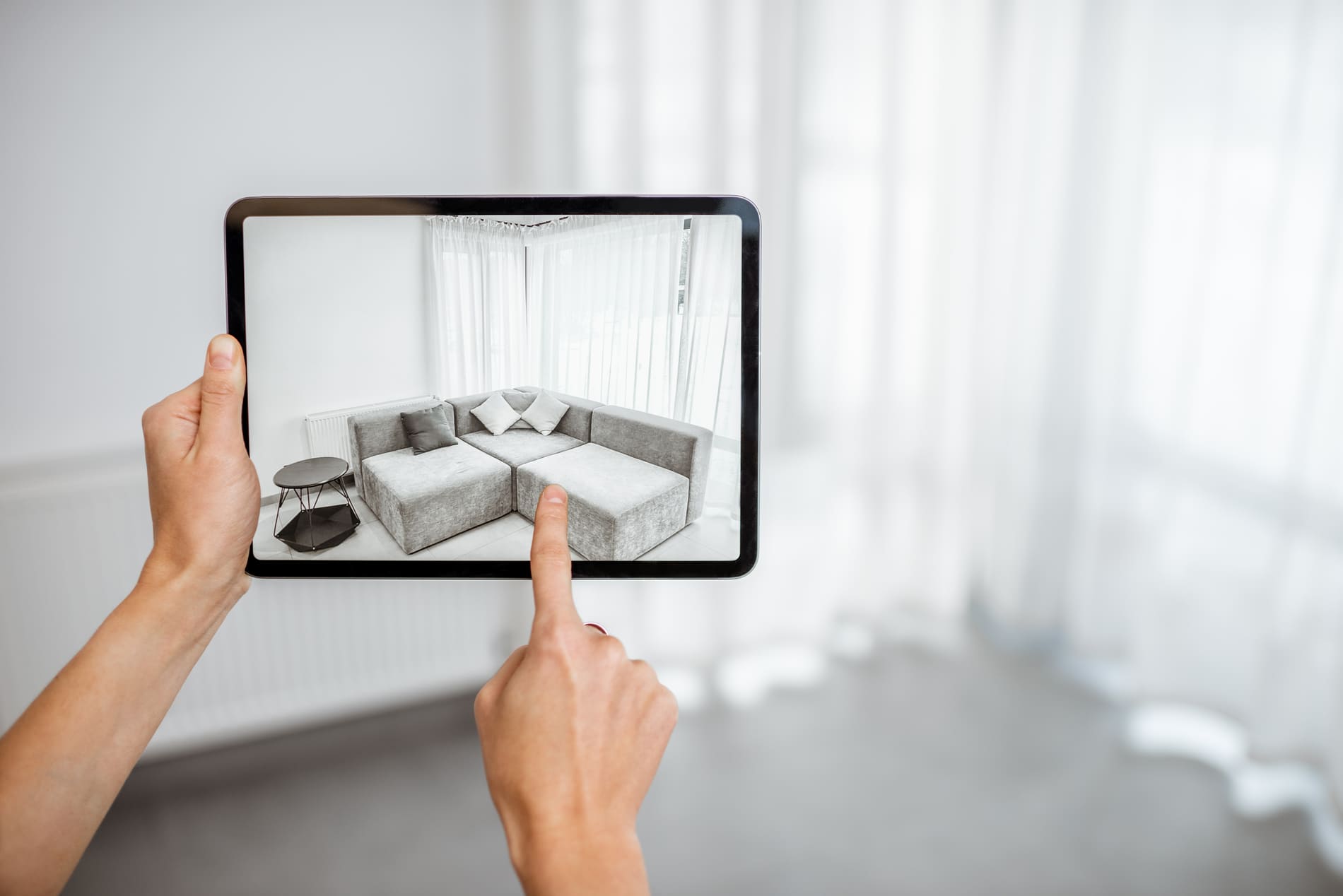
Virtual Reality vs. Augmented Reality in Architectural Visualisation
- Alejandro Postigo
- July 2, 2024
- Uncategorized
- 0 Comments
In the field of architectural visualisation, the ability to offer immersive and detailed experiences to clients and design teams has revolutionised the way projects are presented and planned. Two of the most impactful technologies in this context are Virtual Reality (VR) and Augmented Reality (AR), which open up a range of unimaginable possibilities for architectural project visualisation.
But what is the difference and how can they benefit your next architectural project? At Zenit Visuals we offer you the answer to these questions.
Read this article: Price of 3D Renders in 2024: A Complete Guide
What is Virtual Reality (VR)?
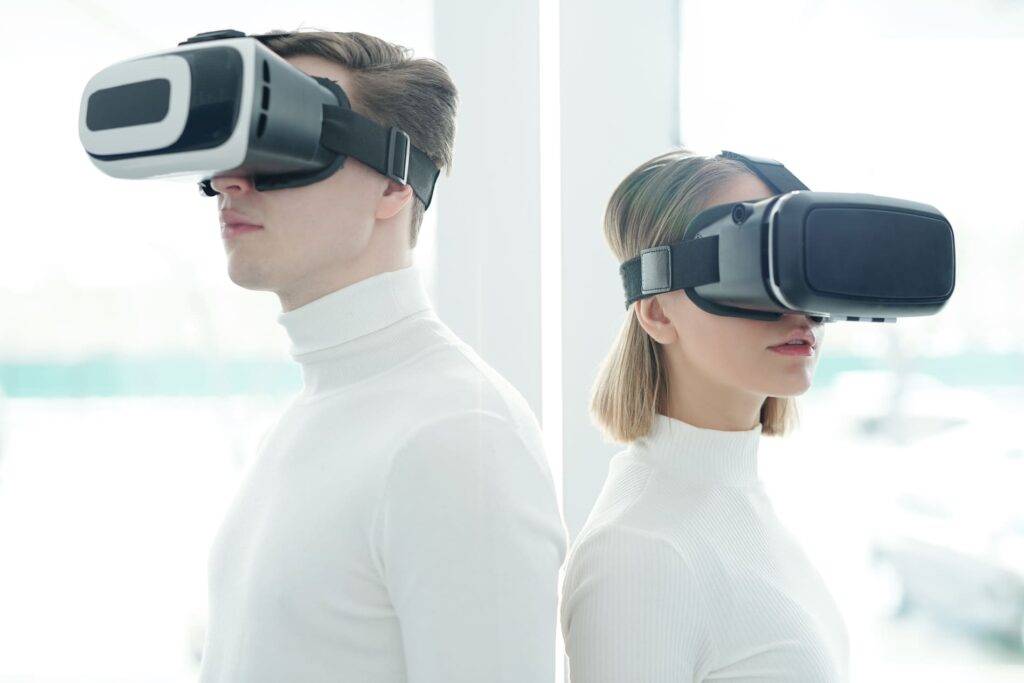
Virtual Reality is a technology that creates a completely simulated digital environment that users can access through devices like VR headsets, special glasses, or VR stations. When wearing a VR headset, users are transported into a digital world that can be an architectural design, a simulation of a building still under construction, or a historical recreation.
Advantages of VR in Architectural Visualisation:
- Total Immersion: Users can explore a building or space in a completely immersive way, as if they were really there. This feature is particularly useful for presenting projects to clients, allowing them to “walk” through the space before it physically exists.
- Early Problem Detection: By simulating a realistic environment, it’s easier to detect errors or issues in the design before construction, which can save time and costs.
- Impressive Presentations: VR presentations can make a lasting impression on clients, showcasing not only the aesthetics of the design but also the functionality and feel of the space.
What is Augmented Reality (AR)?
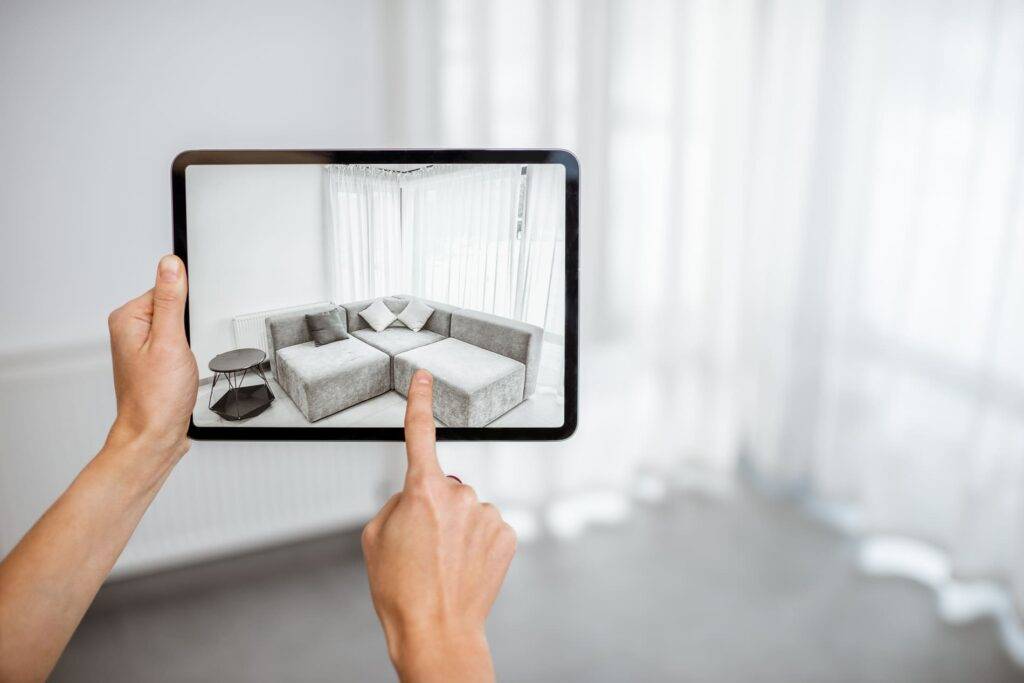
Augmented Reality, on the other hand, overlays digital information onto the real world, often through devices like smartphones, tablets, or AR glasses. Instead of transporting the user to a separate digital world, AR integrates virtual elements into the existing physical environment.
Advantages of AR in Architectural Visualisation:
- Real Context: AR allows you to see how an architectural design integrates into the real world. You can overlay a 3D model of a building onto its intended site to observe how it fits into its surroundings.
- Interactivity and Flexibility: Users can interact with 3D models, view different configurations, and make real-time adjustments while still in the physical world.
- Easy Access: Since AR can use devices we already own, like smartphones or tablets, its implementation is simpler and more accessible for many users.
Choosing Between VR and AR for Your Project
The choice between VR and AR depends on the specific objectives of your project:
- For Immersive Experiences: If your goal is to offer a complete and immersive experience that allows users to explore every corner of a design, VR is the ideal choice.
- For Integration into Real Context: If you need to show how a design will adapt to an existing environment and allow real-time interaction with physical elements, AR is more suitable.
Combining VR and AR
It’s not necessary to choose only one of these technologies. Many projects benefit from a combination of VR and AR. For example, you can use VR for the initial design phase and internal reviews, and AR for on-site presentations and adjustments with clients.
Both Virtual Reality and Augmented Reality are transforming architectural visualisation. They offer innovative ways to explore, present, and modify designs that were unthinkable just a few years ago. By understanding the differences and advantages of each technology, you can make informed decisions about which one to use in your next architectural project.
If you need more information or are considering using our services for your projects, feel free to contact us at Zenit Visuals.
